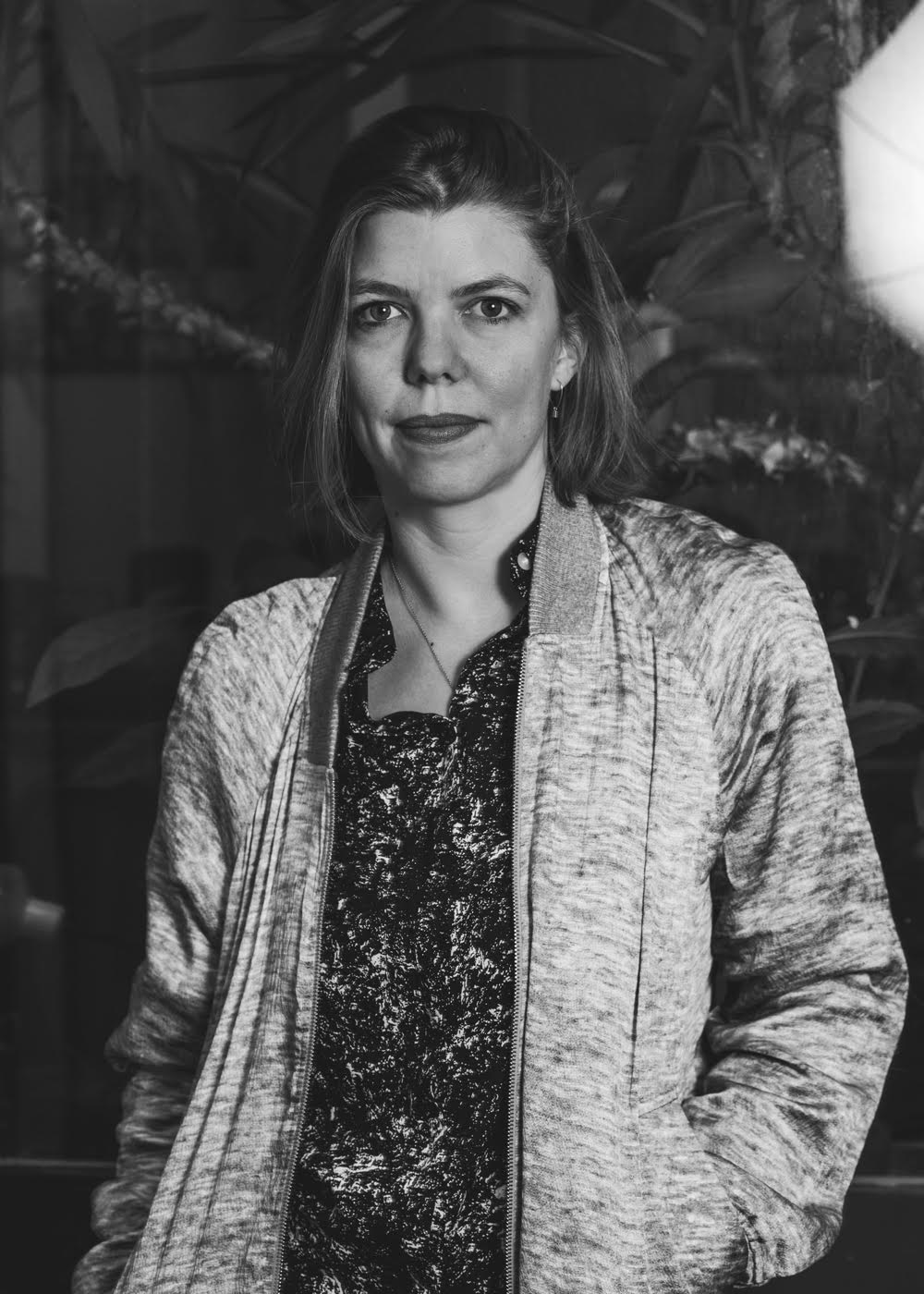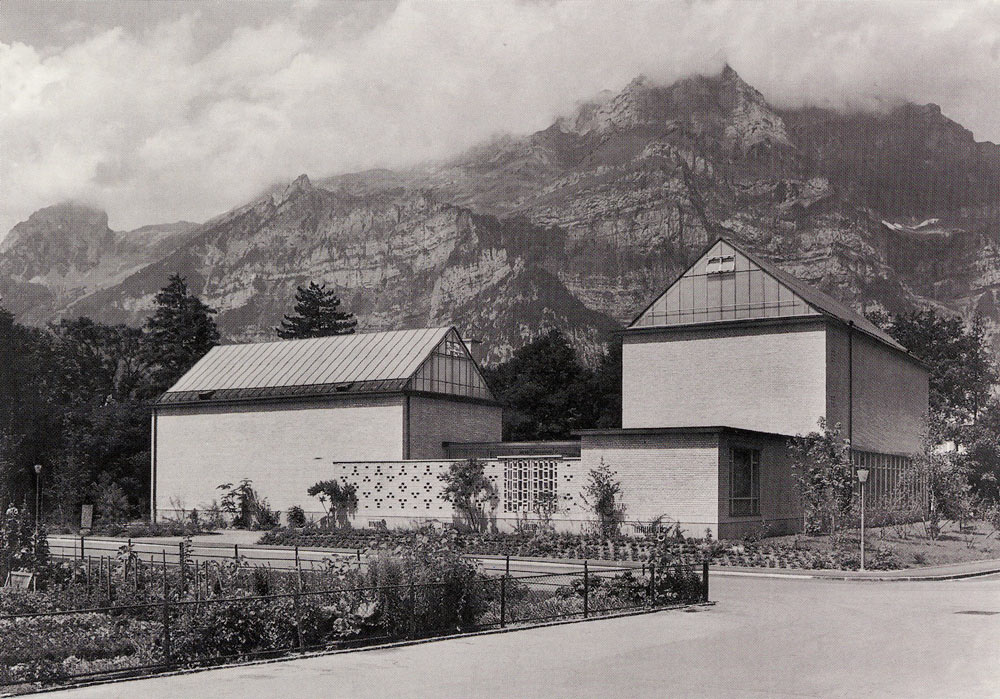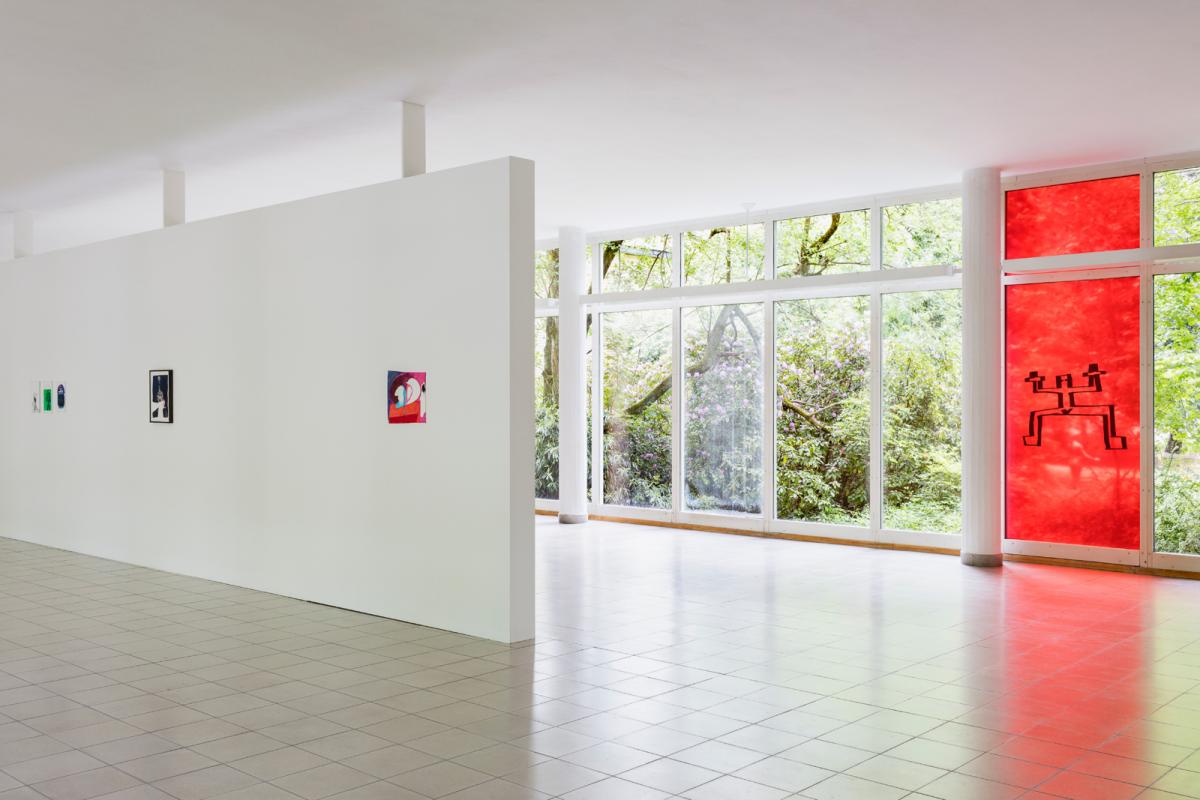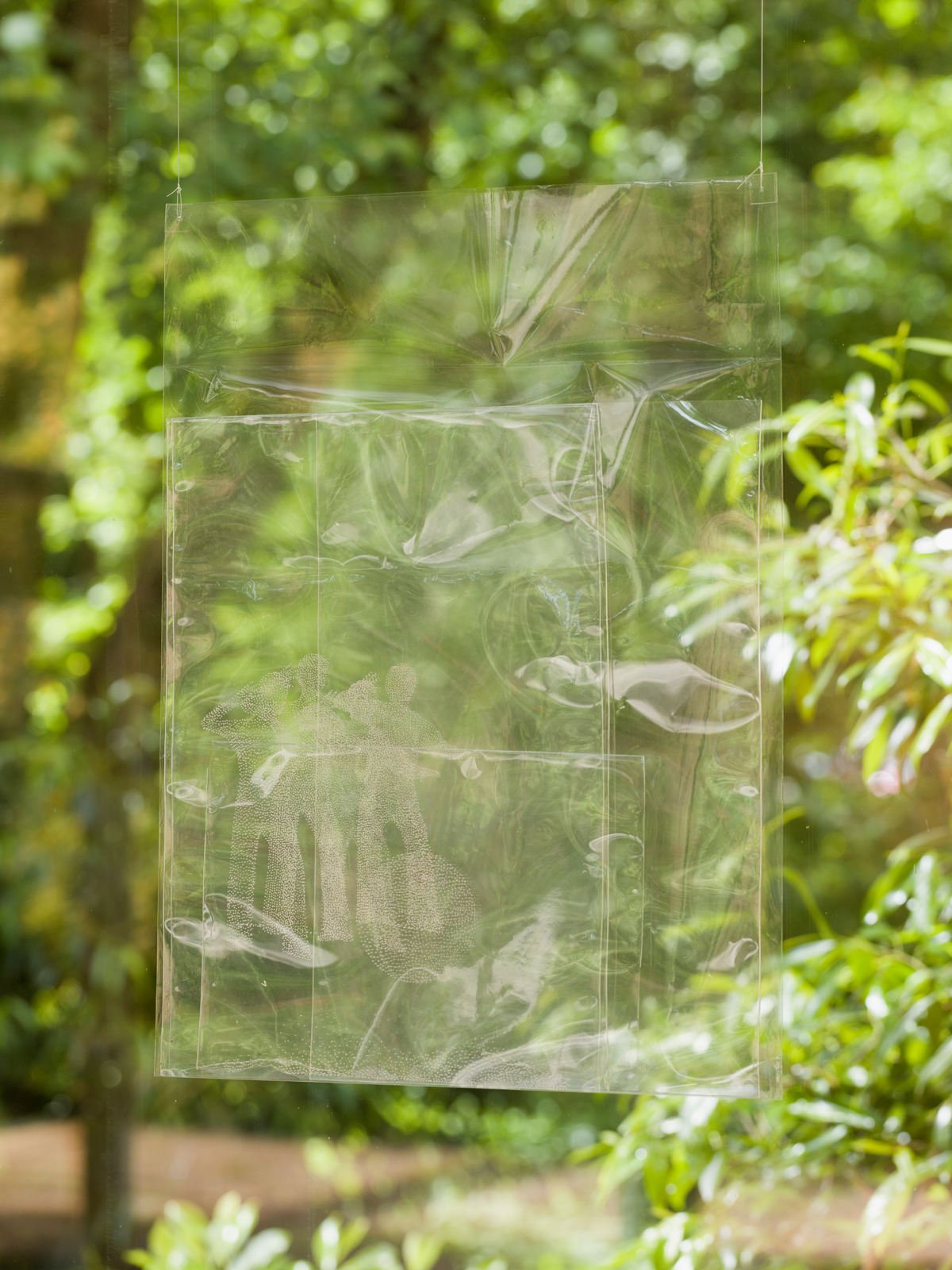Stroom Invest interviews / curator #6 Judith Welter
Judith Welter lives and works in Zurich and Glarus, Switzerland. She studied art history, Spanish literature, and religion at the University of Bern, earning her PhD in art history on the subject of the effect, function, and presentation of rumors and anecdotes in contemporary art. From 2007-2015, she was a collection curator of the Migros Museum für Gegenwartkunst. In 2015 she became the director of Kunsthaus Glarus. Additionally she is co-editor of the online magazine for art criticism Brand-New-Life.

What are you currently working on?
I am working on a major project for Kunsthaus Glarus that concerns the museal infrastructure: it is the renovation of the modernist building that opened as a museum in 1952. In August 2018 the solo exhibition of British artist Bonnie Camplin will end, and that will mark the close of the building for an entire year. This major project demands a lot of attention, and we want to take the chance to look more closely in our history and collection. It is a great chance to think about our mission, about our self-image as a museum for contemporary art, located in a small Swiss town and with a collection dating back to the 19th century. . Of course I am also working on the program after the re-opening of the Kunsthaus mid 2019 and some side projects in other venues, for example I am working on a show in the historical museum of the canton of Glarus.


What is your favorite part of being a curator?
To work directly with the artists, exchange ideas and point of views, to get in touch with a variety of themes and to learn from others.
What is your favorite part of being the director of Kunsthaus Glarus?
To be a director of a small institution on one hand often means to put hands on with everything, but it also offers a lot of freedom to work in my own pace, to try out things, to follow unconventional ideas or ways of realizing projects – sometimes due to lack of money, staffor infrastructures. And last but not least, the Kunsthaus Glarus with its green and mountainous surroundings, the beautiful building. It’s a great place to work at.

How would you describe the art scene in Switzerland?
It is typical for Switzerland to have Kunstvereine and Kunsthallen in small places like Glarus – we are a Kunsthaus run by an art association with a small structure and little budget. Some of these small, rather peripheral institutions run a really interesting program. But of course there are the main centres like Zurich, Basel and Geneva. They have had a vibrant and active art scene in the recent years where artist-run spaces, small galleries, large international galleries, renowned and traditional institutions co-exist. Switzerland is so small that you could consider it as a country-wide scene – but nevertheless it’s quite fragmented.
What is your motto or personal philosophy?
Well, I don’t really have a motto. What I am realizing more and more is that decision-making always needs its very own, subjective time – it is important to follow an own rhythm in terms of focusing on my passions and interests.
What do you consider your greatest achievement as a curator/director?
I think it’s rewarding to see red threads in my work, some maybe on first sight not visible connections between the projects I have been following.
What artists or movements have most influenced your life or way of thinking?
Many, and new ones every day. Of course also those I directly worked with influence my way of thinking, or seeing my own work, as for example Swiss artist Mathis Gasser learned me to understand the viral affection that artworks spread. Also it was crucial that artist duo Michèle Graf and Selina Grüter made me clap and dance publicly for their performances, an experience that otherwise I would definitely lack.
What is the best dialogue on art that you have experienced?
I am not a person that is good in choosing best-of’s… I hope this is not what curators are supposed to do… Recently I had a dialogue with Bonnie Camplin out of which a text came together to accompany her solo show EPIC TIME. We had great discussions and I enjoyed approaching the exhibition in this form of exchange. But there are also other exciting dialogues, maybe even not with words, but wth artworks, contexts, space etc.


What are some of your favorite projects you’ve been involved in? Either one-time or on-going.
Again, there are many. I’m always excited about the projects I am working on. Last summer I did a show together with Kunsthalle Bern, which took place at both venues at the same time. I really enjoyed working together with Valérie Knoll on curating Sie sagen, wo Rauch ist, ist auch Feuer since usually for my curatorial projects in Glarus I work on my own and therefore I miss an exchange sometimes.
What do you hope to experience during your visit in The Hague?
I’m looking forward to see a city I have never seen and to get to know artists, which work I do not know. It is a privilege to visit studios. I am always excited about unknown things and places.
In a collaboration between Jegens & Tevens and Stroom Den Haag a series of interviews will be published with (inter)national curators, artists and critics participating in Stroom’s Invest Week 2018.
The Invest Week is an annual 4-day program for artists who were granted the PRO Invest subsidy. This subsidy supports young artists based in The Hague in the development of their artistic practice and is aimed to keep artists and graduates of the art academy in the city of The Hague. In order to give the artists an extra incentive, Stroom organizes this week that consists of a public evening of talks, a program of studio visits, presentations and a number of informal meetings. The intent is to broaden the visibility of artists from The Hague through future exhibitions, presentations and exchange programs. The Invest Week 2018 will take place from 18 to 22 June, the public evening is on Wednesday following the exhibition My Practice My Politics.